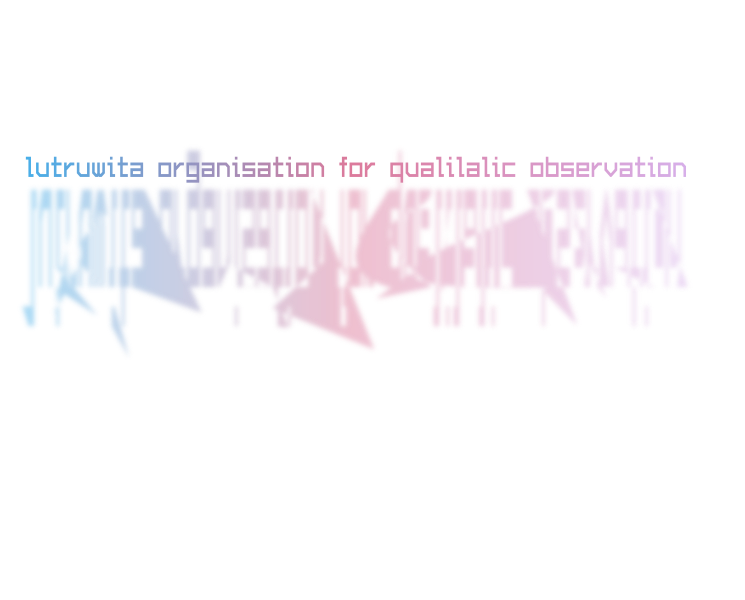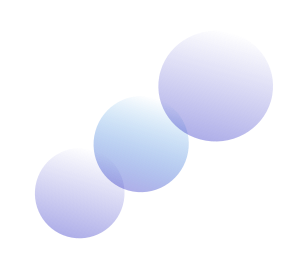



Nipaluna Ambient Monitoring Station II (NAMSII) is an art-research project and series of site specific temporary public interactive sound works at locations around our city, March-April 2024.
NAMSII is listening and responding to our city, to you. Each artist takes a unique research approach. Not measuring. We are qualia.
better living through epistemology

Sites are
Criterion Lane. Richie Cyngler
Unnamed lane between Maritime Museum and the back of Town Hall. Elise Romaszko
Bidencopes Lane, exterior wall of Slumber Shop & Foamcutters. Dylan Sheridan
Dylan's work was vandalised. We are listening
Julia Drouhin is the Para-site. Weaving the sites. Reacting, responding, surveying.
So, some dude out on a Saturday night smashed my friend's work. Dylan takes his work very seriously, as a result he makes often intricate and whimsical, unique objects. These are hard to catagorise but I'll have a go. Dylan uses a lot of discarded materials, which begs the question "what is this thing?" Is it old? New? What's it for? Why is it here? These are all interesting and valid questions. Brilliantly, he imbues his frankensteinian machines with life, this one even had personality. It's dead now.
Normally I prefer to let artwork speak for itself. You may or may not get from it what I intend, and that's fine. Art means whatever it means to you, that is its strength. The relationship between artist and audience is at least one step removed. However this time, since Dylan's work was destroyed by vandalism I wanted to speak up.
The Nipaluna Monitoring Station project is an art project which reflects on our relationship with our city, and as such each other. This is the second iteration, Nipaluna Ambient Monitoring Station II (NAMSII). NAMSI was a solo work. This, second iteration, is a collaboration. I asked three other artists to respond to my intentions for the work.
What is it about?
It's about sound. Interactive responsive sound. Something different from the everyday experience. Not hustling, not hospitality, not survival, something else. It's about listening and responding, reciprocation.
It's about research, recontextualising research. I think research is incredibly important in making sense of our world. Particularly now, in a world full of misinformation, disinformation, and infectious memes. The internet serves us information tunnels of mirrors, or the mirrors the algorithms surmise we desire. In this context it's hard to determine truth from fiction, whose truth? Whose fiction? The immediate response, as if truth and fiction are mutable, but now, strangely, they are.
This piece attempts to ask questions about research, to draw attention to it. I am asking what is research, and what it could be? We tend to think that research should be based on the materialist scientific model. But what if we can learn and understand through other modalities? Like our sense perceptions. Or other senses we have but are unable to articulate or measure clearly?
All this in the context of a popular culture predicated on pervasive surveillance. That's what this work means to me, YMMV.

Elise's poetry











